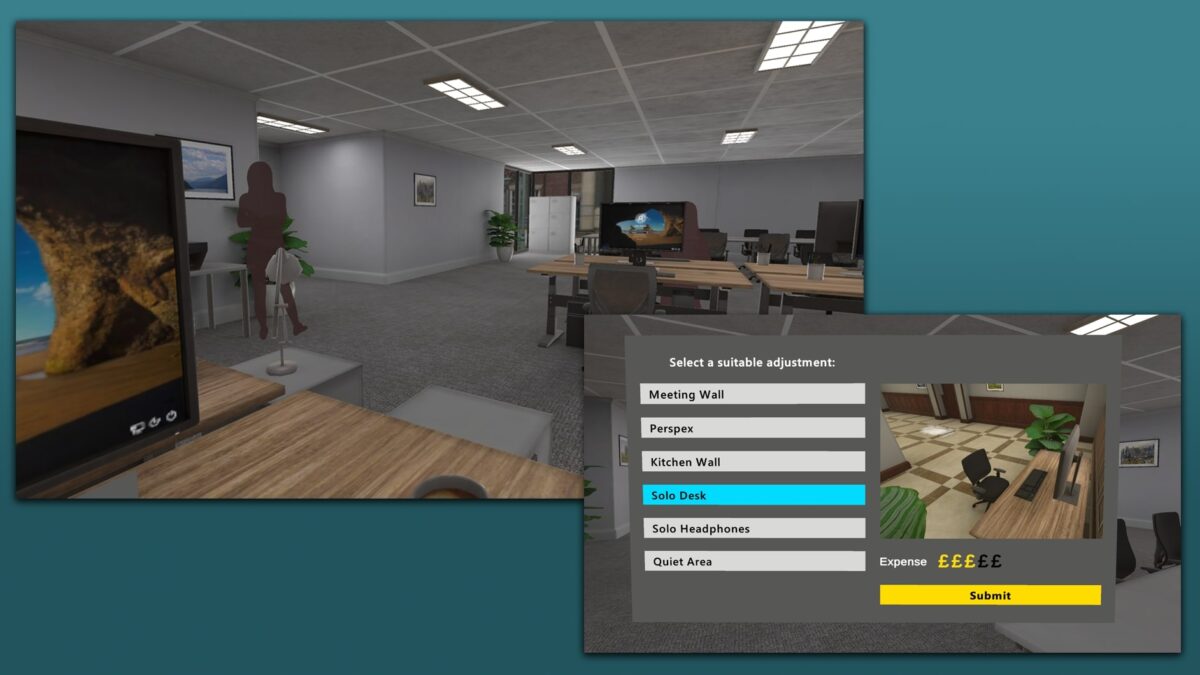Modern office workers spend approximately 80-90% of their adult life indoors, a large part of which is in the office. The quality of the indoor working environment, and the impact this has on health, wellbeing and productivity, should therefore be a big consideration for business owners and property managers. Many commercial properties, however, were not designed with these human aspects in mind. Even when they are, the reality can vary widely from design intent.
We might think that poor working conditions are a thing of the past, more typically associated with the Industrial Revolution, but we still have not achieved the optimum level of human comfort. The challenges we face today are considerably less dangerous than those of the 18th century, but they are no less real. ‘Sick building syndrome’ – symptoms, typically headaches and respiratory problems, an individual gets while occupying a building – is an all too common side effect of 21st century office life. This can be triggered by air pollutants, bad lighting, poor ventilation and uncomfortable temperatures.
FutureScot’s Assets and Estates Management Conference, Glasgow, 27 September.
Every business wants healthy, happy employees, but how do you ensure a building supports this? To address this issue, arbnco recently completed a one-year research project in partnership with the Energy Systems Research Unit (ESRU) at the University of Strathclyde, to measure the impact of the indoor environment on occupants in real-time. If organisations have a better understanding of how their real estate affects employees, they will be able to make better operational decisions.
As part of the research, we conducted a pilot project that was funded by Construction Scotland Innovation Centre (CSIC), enabling us to gather data from commercial properties in New York, London and Glasgow, and test a new method of data collection.
To understand the true impact of buildings on employees, we need real-time data on physical parameters (such as ventilation, natural light, temperature) that is tied to feedback from occupants, sensors that can measure what humans feel, and ubiquitous monitoring. Typically, what we get with building monitoring solutions is historical data that doesn’t relate to occupant complaints, sensors that only measure physical parameters, and one-off measurement campaigns. It is also important that the data gathered is as accurate as possible, with each sensor monitoring a very small area, rather than an entire office floor.
The combination of both hard data and occupant engagement is crucial. It means that businesses can see how their building is performing in human terms, something that is almost impossible to analyse otherwise. Ultimately, this means that better decisions can be made. For example, if one person has submitted several complaints that it’s cold, instead of turning up the thermostat and making others uncomfortable, business owners or facilities managers can consult the physical data, identify the hot spots, and recommend a desk in a warmer area.
In addition to the benefits of more satisfied and alert employees, there are also financial rewards for companies that strive to provide a more comfortable working environment.
The insight gathered from occupant engagement can also help to make performance predictions. Combined with software that uses advanced algorithms, organisations could even receive real-time alerts when issues might arise and take preventative action. Over time, the data will learn about the patterns of its occupiers, enabling algorithms to identify trouble spots before complaints occur – if, for example, the data shows the environment is creeping towards becoming ‘too stuffy’.
In addition to the benefits of more satisfied and alert employees, there are also financial rewards for companies that strive to provide a more comfortable working environment. Reduced energy costs is a big potential savings area, as it will become more apparent where energy output is wasted. Independent research has also shown that, for commercial real estate owners that take health and wellbeing into account, 28% were able to charge premium rents, and 46% said spaces lease more quickly – good news for the investors that pumped £2.8bn into Scotland’s commercial property sector last year.
Following completion of the research project, arbnco has created a service – arbn well – that provides ubiquitous monitoring of indoor environmental conditions and the human impact. Seeing what started as an idea come to fruition has been an incredibly exciting process, and any organisation looking to innovate within the built environment should speak to CSIC about the support they may be able to offer; whether this be funding, technical support, or connections to academic experts.
For indoor environment monitoring to be effective, measured data must be supplemented with occupant engagement and feedback. If we don’t use hard data to serve the preferences of the people in the room, and understand how comfort levels can be boosted, we all miss a tremendous opportunity. First and foremost, a building needs to work for the people in it.
Dr Parag Rastogi is the Lead Building Physicist at Glasgow-based proptech firm arbnco and a visiting scientist at the RIKEN Institute for Advanced Intelligence Project, Tokyo, Japan. Any organisation that could benefit from CSIC‘s help with an innovative project such as this one should contact hello@cs-ic.org.




